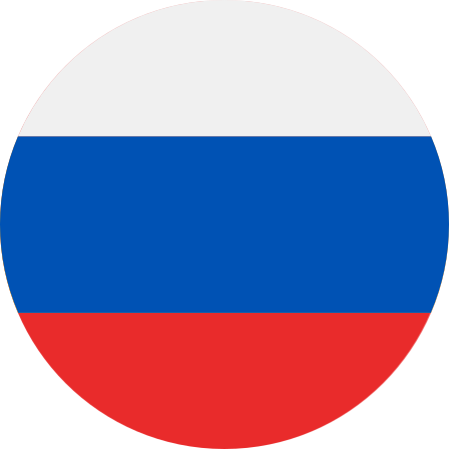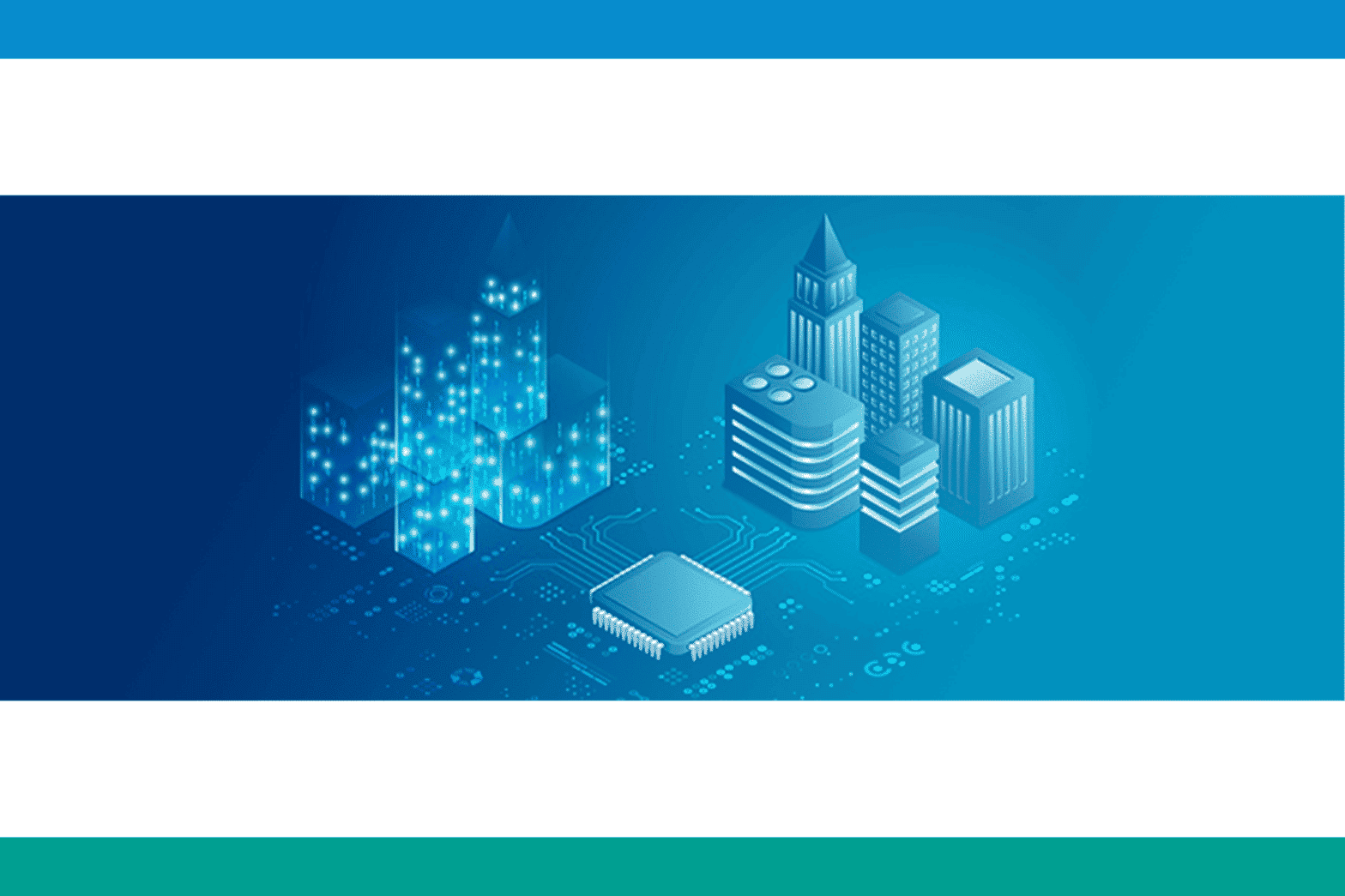How do you define a concept?
The digital twin is a tool that has come into its own as a result of the latest developments in the Industrial Internet of Things (IIoT), sometimes known as Industry 4.0. At its simplest, a digital twin is a replica of the real device or system that exists electronically in a virtual space. It is a model of the original machine that shows how the real-world example should operate.
However, this crude description does not begin to convey the potential for the digital twin. To help build understanding and help users with this new technology, a new group has been working on a detailed definition.
The Digital Twin Consortium is dedicated to becoming the authority on the use of the digital twin itself. Since its formation last year, it has been working on a range of activities that help users understand and adopt this new technology. One of the major challenges involved in this effort is the almost unlimited ways in which the digital twin could be used.
The Consortium has spent a lot of effort into choosing the right words to describe both the nature of the digital twin and its use. Here is the Consortium’s concise description:
- A digital twin is a virtual representation of real-world entities and processes, synchronized at a specified frequency and fidelity.
- Digital twin systems transform business by accelerating holistic understanding, optimal decision-making, and effective action.
- Digital twins use real-time and historical data to represent the past and present and simulate predicted futures.
- Digital twins are motivated by outcomes, tailored to use cases, powered by integration, built on data, guided by domain knowledge, and implemented in IT/OT systems.
Source: Digital Twin Consortium
The wording has been chosen with great care, as the applications in which this technology will be used are as varied as a single machine or an entire city. For example, the word “entity” was chosen over alternatives including “asset” or “object” to avoid confusion, as many of these terms are already used in other contexts.
The digital twin is set to become a large part of our lives, whether we use it professionally or it plays a part in our day-to-day activities. Digital twin technology can be applied to almost any complex system from a manufacturing plant to traffic management, and one of the goals of the DTC is to enable all users to understand how they are implemented.
For a more in depth understanding behind the DTC’s definition of the digital twin, read the latest blog from the Consortium. In it, the authors Sean Olcott and Casey Mullen, go into some detail about why specific words were chosen to make the definition robust and relevant to a wide range of use cases.
Does this definition help your understanding of the digital twin? Will you be adopting this technology? Connect with us to keep up to date with the latest information.


 Deutsch
Deutsch Français
Français Italiano
Italiano Español
Español Português
Português 中文 (中国)
中文 (中国) 日本語
日本語 Русский
Русский

 07/11/2024
07/11/2024  Case Studies, Digital Parts Catalogs, Engineering Resources, TraceParts News
Case Studies, Digital Parts Catalogs, Engineering Resources, TraceParts News 
